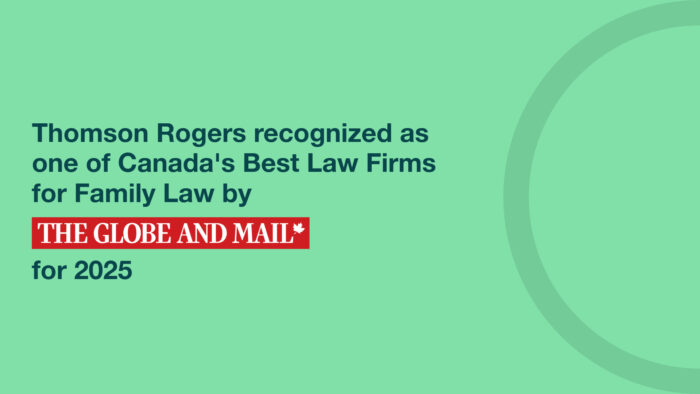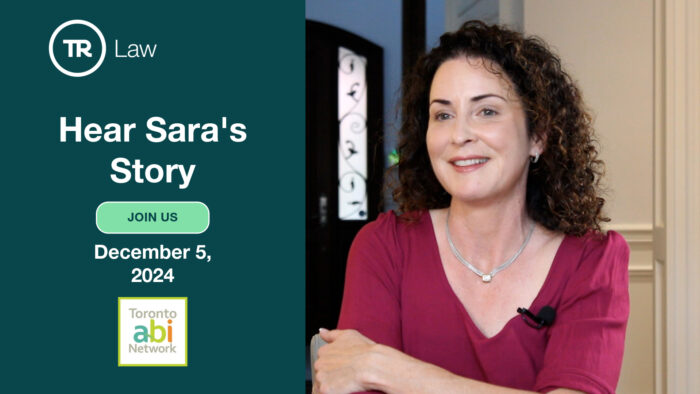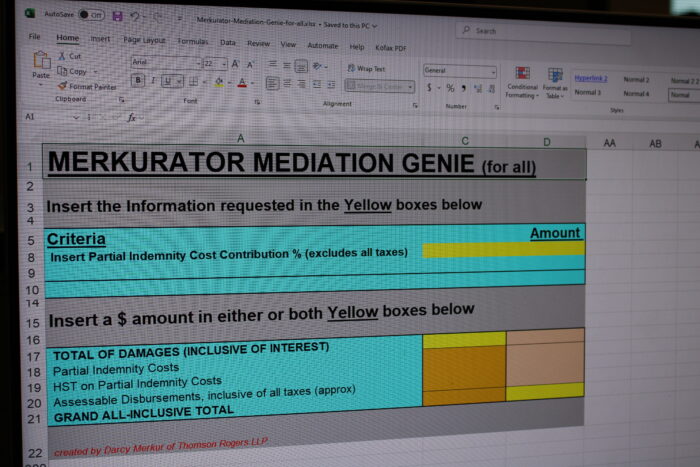Expert Costs Under Scrutiny
Author(s): Darcy R. Merkur
May 16, 2012
Overcharging experts beware – no longer will the courts simply rubber stamp disbursements claimable against a losing party.
While the courts have historically been relatively assertive in assessing legal fees, and in making sure that the time spent and the fees charged by counsel were reasonable; they have historically been relatively passive in their approach to assessable disbursements. Presumably the courts avoided challenging disbursements since the disbursements claimed were reimbursement for the amounts actually spent in good faith, and the courts were reluctant to second guess the benefiter of a successful lawyer’s expenses.
In Hamfler v. 1682787 Ontario Inc., 2011 ONSC 3331 (S.C.J.), a May 31, 2011 decision that has recently gained popularity with defence counsel, Justice Mark Edwards of the Ontario Superior Court of Justice, took issue with the magnitude of disbursements incurred by plaintiff’s counsel in a personal injury claim where a jury awarded the plaintiff just under $200,000 for damages and where the disbursements claimed were approximately $100,000.
While stating that the fundamental question for the court is whether the amount claimed in disbursements is fair and reasonable, Justice Edwards outlined some questions that the court may consider in assessing disbursements, namely:
- Did the evidence of the expert make a contribution to the case, and was it relevant to the issues?
- Was the evidence of marginal value or was it crucial to the ultimate outcome at trial?
- Was the cost of the expert or experts disproportionate to the economic value of the issue at risk?
- Was the evidence of the expert duplicated by other experts called by the same party? Was the report of the expert overkill or did it provide the court with the necessary tools to properly conduct its assessment of a material issue?
The Hamfler decision raises major challenges for plaintiffs’ personal injury counsel.The impact of an overcharging expert may be felt by personal injury plaintiffs and their counsel since the retaining lawyer remains responsible for all for the bills sent by his or her experts.
Counsel has historically had little input into the amount charged by an expert on a file, other than being able to avoid using that expert again in the future. Moreover, in the face of the still fairly new expert report rules in Ontario requiring expert reports to be extremely comprehensive; experts have been encouraged by counsel to spend the necessary time to write comprehensive reports, and will certainly argue that they should not now be criticized for spending too much time doing their work.
One challenge for counsel arising from Justice Edwards’ decision in Hamfler has to do with establishing the reasonableness of the amounts charged by the expert. Specifically, Justice Edwards expressed his view that counsel has an obligation to put before the court information to allow the court to assess the fairness and reasonableness of a disbursement, such as the amount of time spent by the expert in preparing the report and in attending at trial, and the hourly rate of the expert.
When it comes to the issue of time spent by an expert, the primary means for counsel to establish the time spent by an expert is to require and produce detailed invoicing by their experts. While many experts already do so, some important experts, like treating expert physicians, aren’t accustomed to doing so and may well rebel against the concept of documenting their time.
Justice Edwards also makes it clear that the court should not just rubber stamp the expert’s hourly rate. Instead, Justice Edwards encourages counsel to provide the court with any available information from an expert’s governing body as to appropriate hourly rates, or providing comparable hourly rates of other experts in the same field. Justice Edwards further mentions that it would be useful to know whether the expert had to cancel part or all of their patient appointments to attend in court, presumably to compare the fee charged to the lost revenue associated with attending in court. Again, establishing these facts can be a challenge for plaintiff’s counsel, especially when trying to do so without incurring even further disbursements.
The Hamfler decision raises the bar on how to properly establish the reasonableness of assessable disbursements and raises challenges for plaintiff’s counsel trying to manage expert costs while at the same time complying with the new onerous rules mandating comprehensive expert reports. In the end, personal injury claimants may end up paying the price for costs that are no longer recoverable from the insurer.
Darcy Merkur is a partner at Thomson Rogers in Toronto practicing plaintiff personal injury litigation, including plaintiff motor vehicle litigation. Darcy has been certified as a specialist in Civil Litigation by the Law Society of Ontario, and is the creator of the Personal Injury Damages Calculator.
Share this










